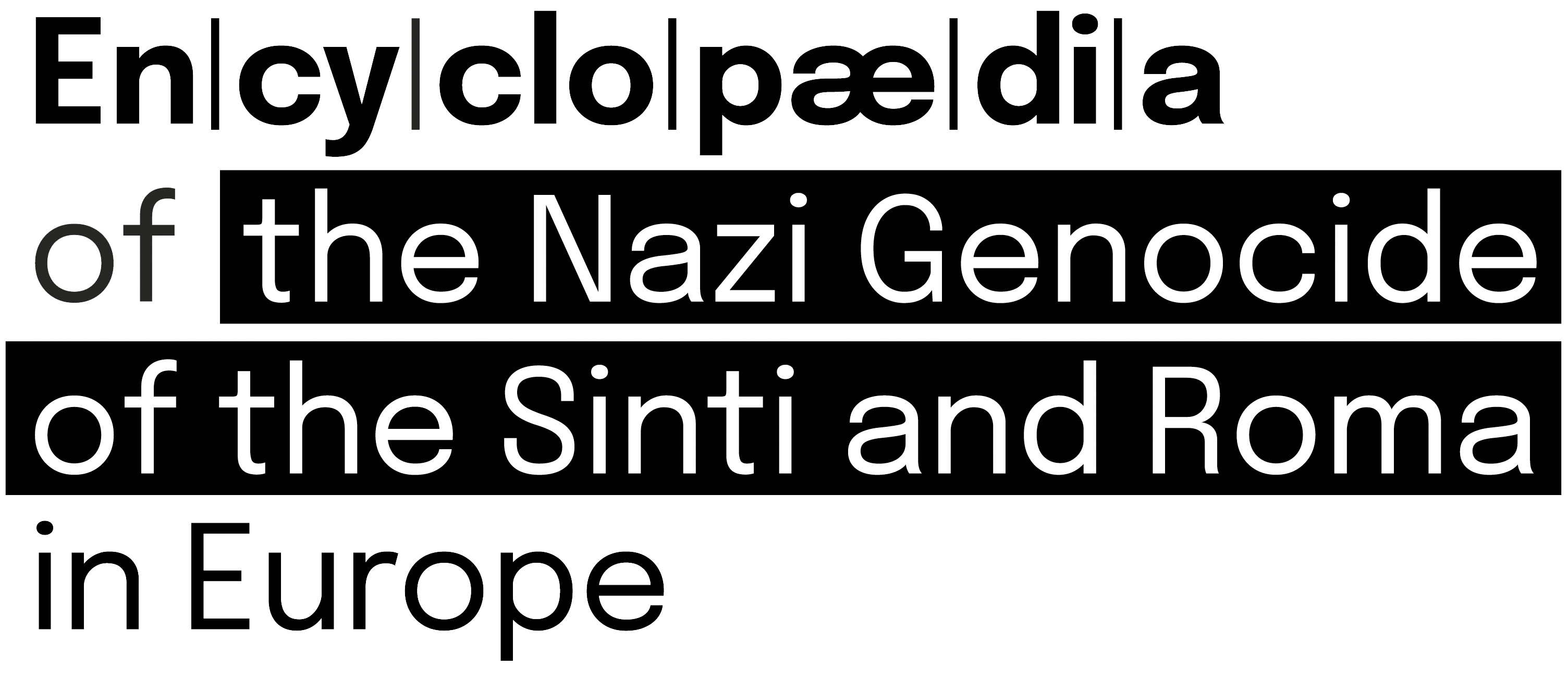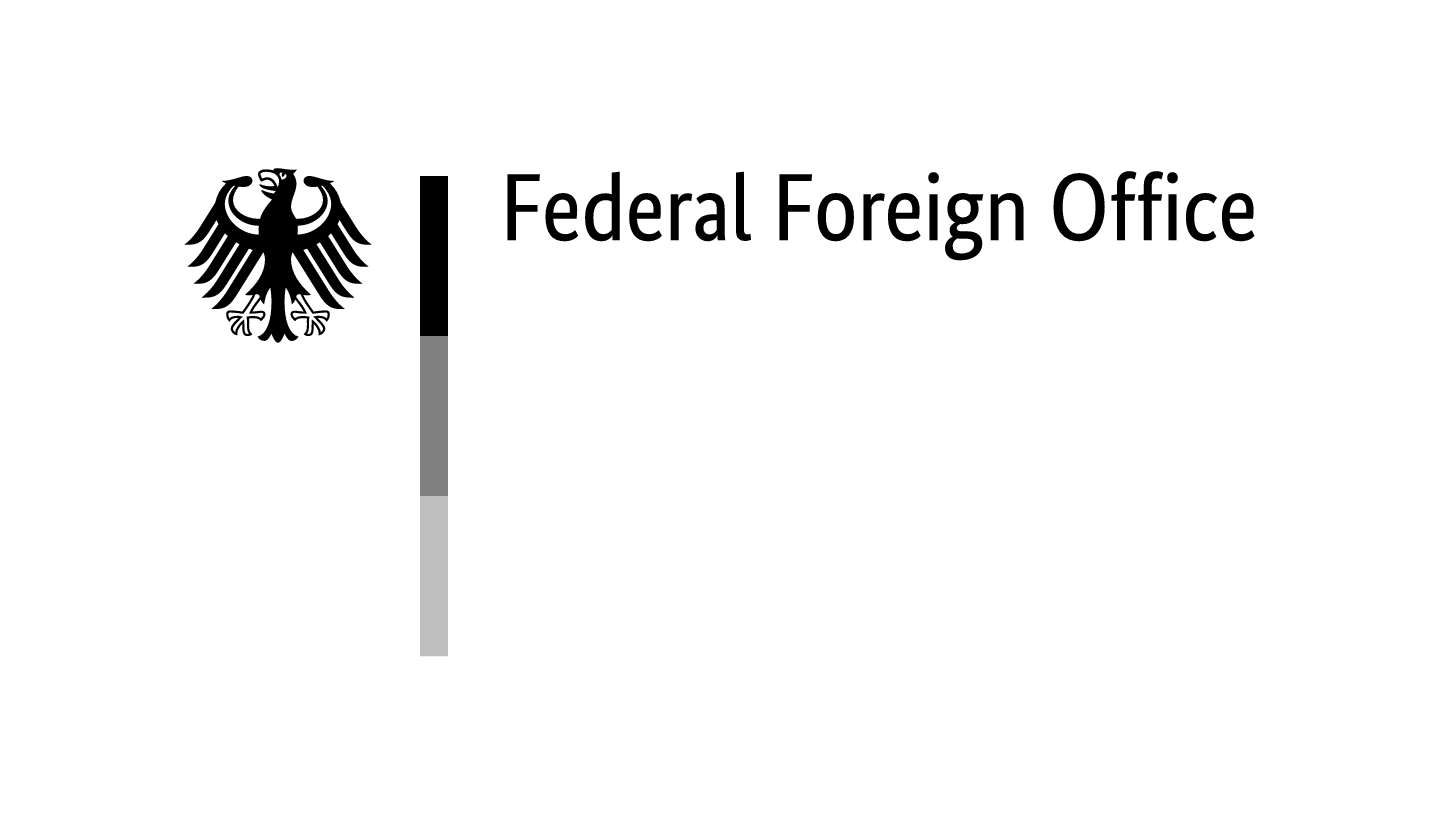The first Romani civic organisations in Czechoslovakia were established in the context of the social and political liberalisation of the late 1960s. These were ‘Unions of Gypsies-Roma’, which operated separately in the Czech and Slovak federal states. This development was preceded by repeated efforts by Czech and Slovak Romani elites after 1945 to establish their own organisation, which ended in rejection by state authorities. Up to then, the state was reluctant to acknowledge the cultural, ethnic and linguistic specificity of a population that was officially described as a ‘social group’.
The Unions had local branches all over Czechoslovakia and a combined membership of several thousand. They strove to improve the political and economic status of the Romani population and were also involved in cultural, educational, sports and social activities. They also developed successful international cooperations (including participation in the first World Roma Congress near London in April 1971).
Slovak Union
The Slovak Union of Gypsies-Roma [Zväz Cigánov-Rómov na Slovensku] was approved by state authorities in November 1968 and its founding meeting was held in April 1969 in Bratislava. The main founders included the key figures in the post-war Romani civil rights movement such as Anton Facuna (1920–1980), the former partisan, and Ján Cibuľa (1932–2013), physician, later co-founder and chairman of the International Romani Union.
Important officials included e. g. Elena Lacková (1921–2003), writer and playwright, Gustáv Karika (1930–2016), lawyer, Vincent Danihel (1946–2011), lawyer and later plenipotentiary of the government of the Slovak Republic for Romani communities, Rinaldo Oláh (1929–2006), violinist and composer, and Dezider Banga (born 1939), high school teacher and writer.
The atrocities during World War II were addressed in internal speeches of the members, in individual mentions of the genocide in articles in the Union’s internal magazine Romen or the newsletter Informačný spravodaj, in membership application forms (questions about their resistance activities during the war), work on promoting Romani history (textbooks, plans for museum), and in attempts from 1970 on to install a commemorative plaque at the site of the wartime labour camp in Petič. The main goals of the organisation were present-oriented and focused, for example, on the improvement of living conditions in Romani settlements. The Union was headed by chairman Anton Facuna, followed by Jozef Daniš (1914–unknown). Since October 1970, the Union had a collective leadership, with Alojz Pompa (1943–1998?) and later Vincent Daniš (1934–unknown) as the main figures.
Czech Union
The Czech Union of Gypsies-Roma [Svaz Cikánů-Romů] was officially established in August 1969 in Brno, where it had its headquarters with the chairman Miroslav Holomek (1925–1989), a key figure in the emancipation efforts of the Czech Roma. A number of experts worked closely with the Union, for example the Romani historian Bartoloměj Daniel (1924–2001), the historian Ctibor Nečas (1933–2017) and the linguist Milena Hübschmannová (1933–2005). An important role was played by the Commission of Former Victims of Concentration Camps with such members as Anna Danielová (1921–1999), Rudolf Daniel (1911–1978) and Tomáš Holomek (1911–1988).
The Union’s main goal was to help in the process of recognition of Roma victims of National Socialism. This topic also appeared in the pages of the Union’s internal magazine Románo ľil. In March 1973, the Commission organised the first public commemoration at the site of the former ‘Gypsy camp’ in Hodonín near Kunštát. Plans by the Union to build a memorial there and at the site of the former detention camp in Lety u Písku could not be realised before its liquidation in 1973.
Compulsory Dissolution 1973
From the beginning, the Unions’ activities were accompanied by a number of organisational and financial problems. Part of them resulted from the political system, which since the beginning of the seventies was increasingly marked by efforts to strengthen the state regime after the occupation of Czechoslovakia in August 1968. The regime was less and less inclined to any civil initiatives, and the Union’s raising of national demands was seen as dangerous. However, the official reason for the dissolution of the Union was poor management and a supposed low membership base.
Moreover, the Slovak Union’s district committees had problems with financing because they were not collecting membership fees effectively and were also paying high wages to underqualified workers through ‘Buťiker’, an enterprise they had established to provide employment for Roma. The Central Committee of the Slovak Association also wanted to counteract the state housing policy, but lacked both the necessary powers and sufficient financial resources.
In April 1973, the Czech and Slovak Unions of Gypsies-Roma were dissolved as a result of pressure from the state authorities and internal disputes over competencies and power as well as different views on Romani culture and language between the state and the Unions, and their activities and ideas could only be taken up again after 1989.




